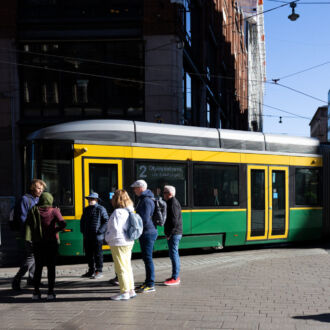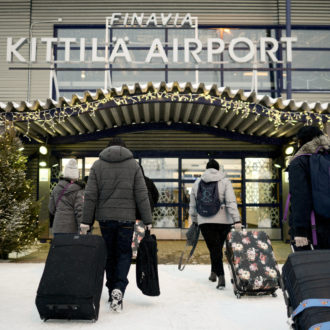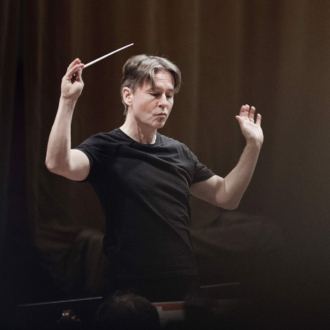Weaving tales
What? Book club meets knitting club
Why? According to science, handcrafts are good for the brain, stimulating several parts of it. Contrary to what many might assume, our thinking doesn’t happen only in the brain: there’s also something called embodied cognition. Working with our hands can make us more vigilant – or relaxed. Either way, making things is a perfect combination with listening to stories.
The literal translation of “Novellikoukku” is “Short-Story Hook” – it is a club where people gather to crochet, knit or do other handicrafts while listening to short stories read aloud. It is a social event in a soothing atmosphere, a great example of what many Finns consider cozy. Plus – you can join even if you don’t have a handicraft! The same goes for several other storytelling sessions libraries offer for both kids and adults.
Music to all ears

Many Finnish libraries offer soundproof recording studios for podcasts, music or voice overs – free to use with a library card.Photo: Maija Astikainen
What? Music & recording studios
Why? Not quite ready for the Abbey Road Studios with your band? No worries, you can start recording in Finland, and it’s free. Finnish libraries have music studios that can be used for playing, recording and mixing music – some even host workshops for mixing and mastering music. Most studios have both acoustic and electric instruments like guitars, drums and piano. Who needs a garage when there are public practice rooms in libraries?
If you prefer to stick to just listening and cherishing those good old Beatles albums, many libraries provide tools for listening and digitalising LP records, cassettes and VHS tapes.
Creators welcome!
What? 3D printers
Why? 3D printing is a useful way to create something you need, like a detail to a doll house, prototypes or any missing parts that are made of plastic. Moreover, it is also a fun and subtle way to learn new digital skills such as 3D modelling.
Many Finnish libraries have workshops or makerspaces with 3D printers that are free to use. All you need to do is bring your own design on a USB drive (models can be downloaded for free online) and let the machine print it from non-toxic, biodegradable PLA plastic. The library staff is there to assist with printing, as with other digital tasks.
Other facilities in library workshops typically include sewing machines, vinyl cutters, laser cutters and laminators.
From chess to Space Invaders
What? Games and game rooms
Why? Finland has one of the largest and most vibrant game scenes in Europe. It is no surprise that Finns take gaming very seriously, even when it comes to libraries. Finnish libraries offer a wide range of games from traditional board games to digital games and game consoles, along with spaces to play.
Visit the lobby of Oodi, Helsinki’s main library, on any given day, and you’ll see people of all ages playing chess. Fancy some games but have no one to play with? Join one of the game clubs that several libraries host.
Games can also be borrowed and taken home with a library card just like books. And not just latest or current games are available but also retro games from the 1970s.
Reading tales and wagging tails
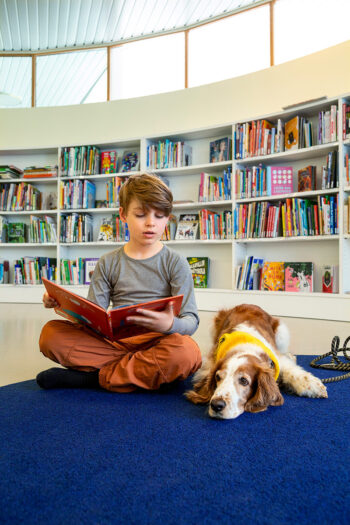
Reading dogs offer quiet support for developing readers. The dog’s only job is to listen.Photo: Maarit Hohteri
What? Reading dogs
Why? Library dogs, or reading dogs, have an important job: being present. They listen when people, mainly kids, read to them. They don’t judge slow readers, nor do they comment or correct mistakes. According to studies, reading to a dog relieves stress and improves reading fluency and comprehension. This is especially useful for people who have problems with reading.
Library dogs are carefully chosen and trained for the job, and the activities are based on the voluntary work of their owners. The first reading dogs entered libraries in 2011, and nowadays there are also reading ponies or even cows, though not on library premises.
Other library activities that run on a voluntary basis include “reading grandmas and grandpas”, as well as language cafés: informal discussion groups where speaking Finnish – or other languages – can be practiced.
The bold and the beautiful
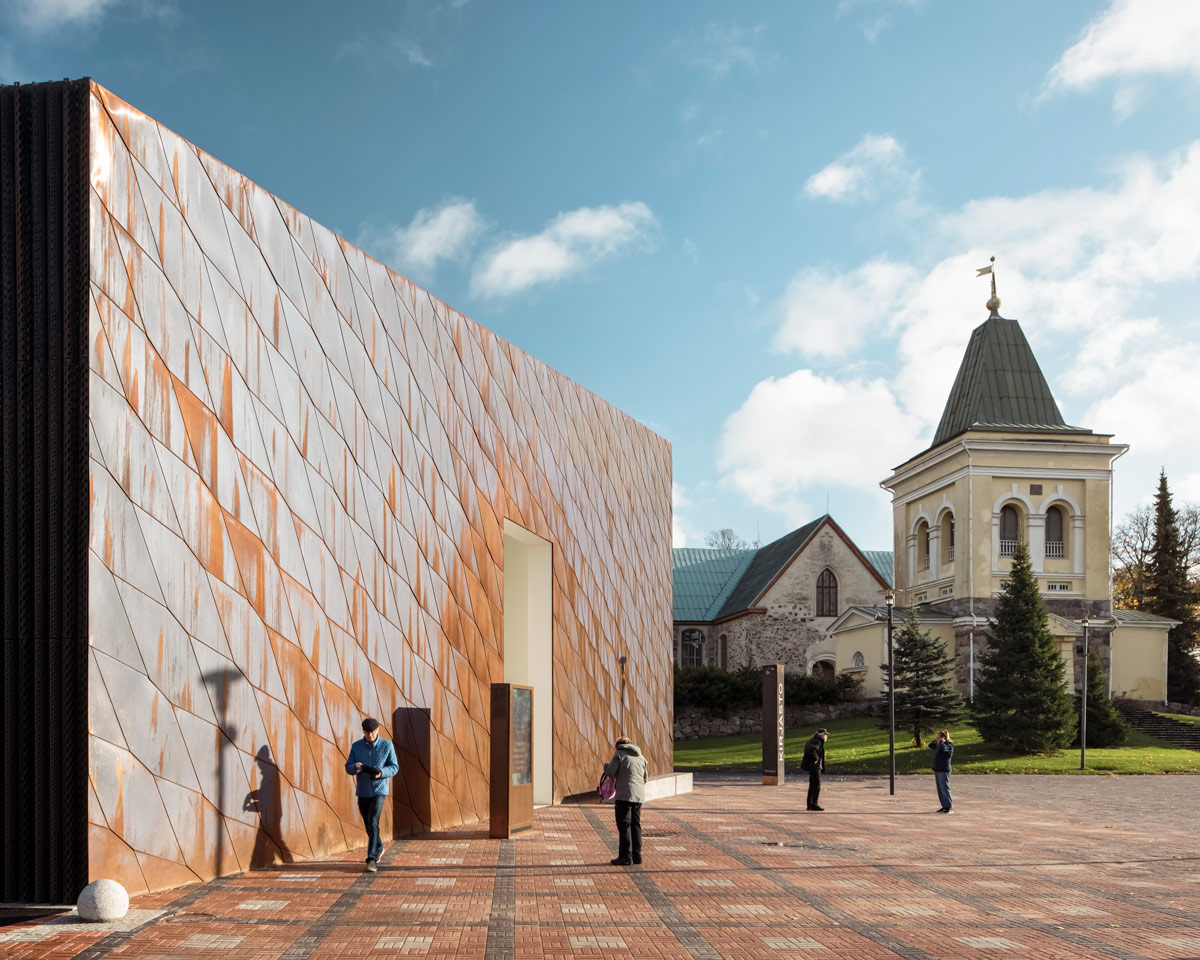
Kirkkonummi’s Fyyri Library glows like a beacon. The name is a nod to both the Finnish word for a steamship furnace and the Swedish word for lighthouse. Photo: Tuomas Uusheimo
What? Award-winning architecture
Why? There’s something very Finnish in the fact that some of the most renowned architectural landmarks in Finland are libraries. Libraries are public spaces cherishing education, literacy and culture, some of the most valuable foundations of Finnish society.
The city libraries of Helsinki, Turku and Tampere are all must-visit places for architecture admirers, but there’s also award-winning architecture by leading Finnish architects in smaller cities and towns, like the Fyyri library in the southern town of Kirkkonummi.
For lovers of architectural history, the northern city of Rovaniemi boasts a library designed in the 1960s by Alvar Aalto, the master and grand old man of Finnish modernism. Going even further back in history, the National Library by C.L. Engel from the 19th century is a hidden gem and a tranquil retreat on a busy university campus, right in the centre of Helsinki.
By Taina Ahtela, ThisisFINLAND Magazine

